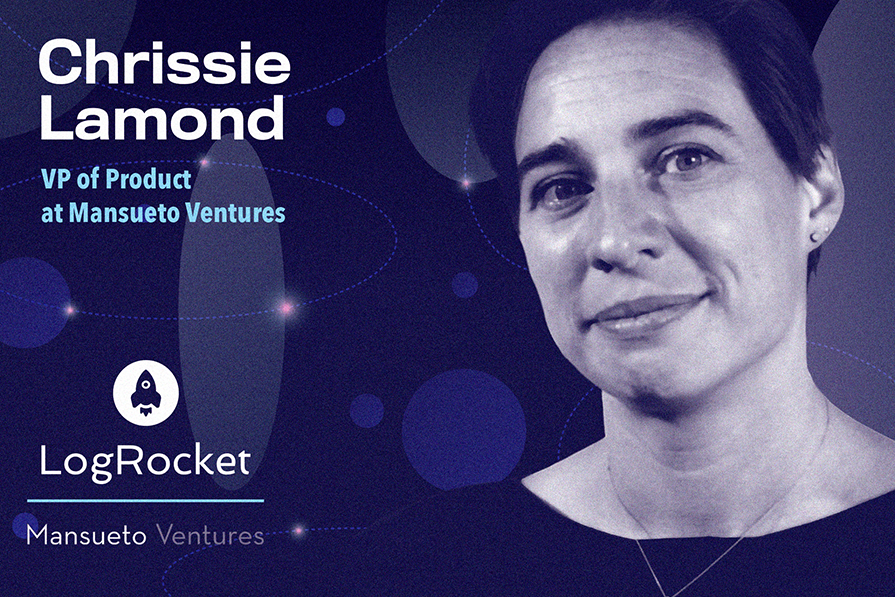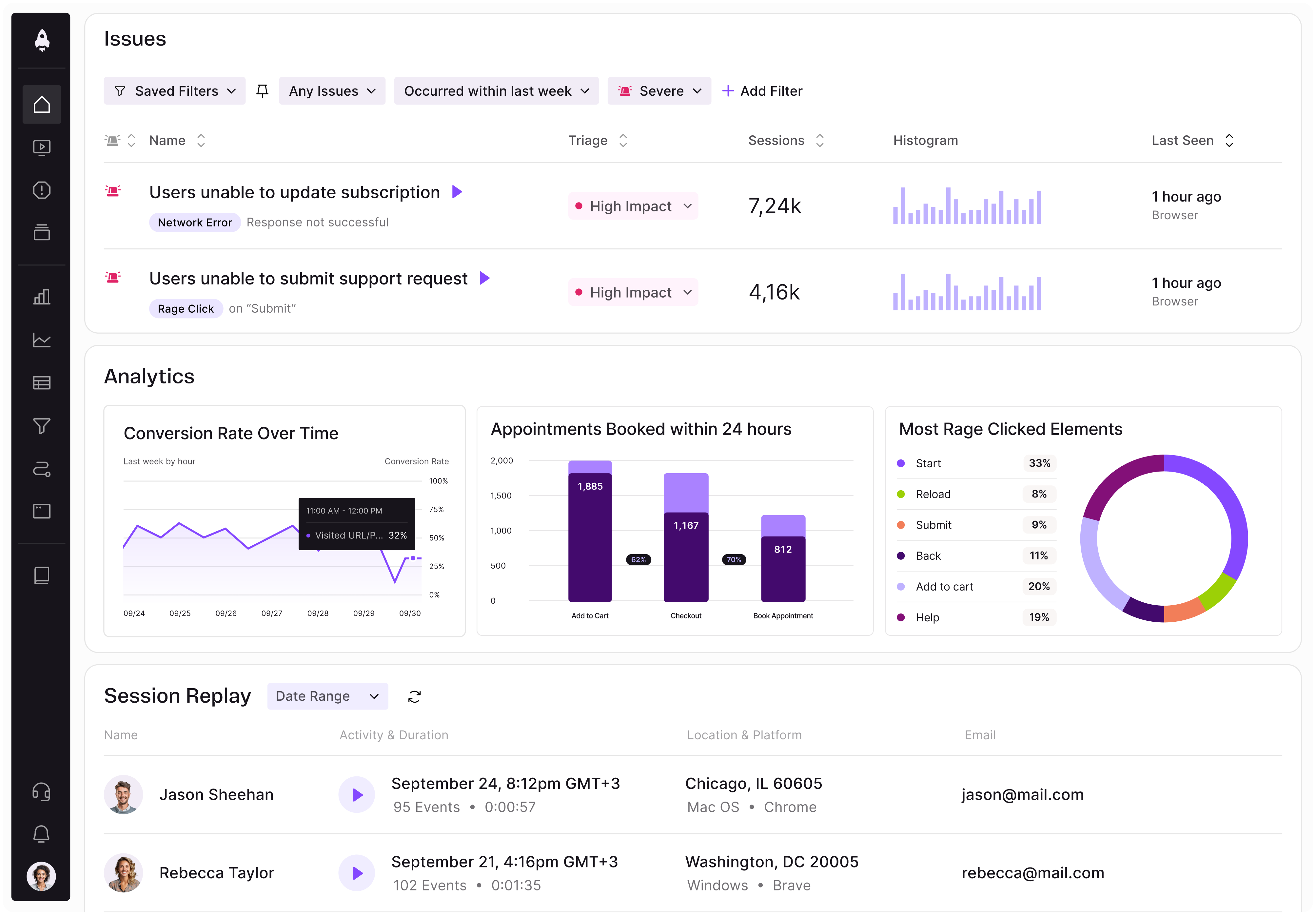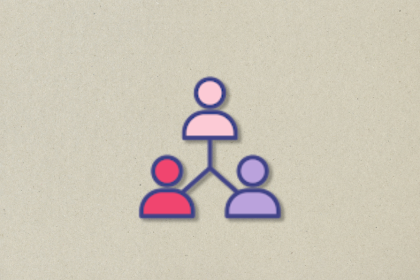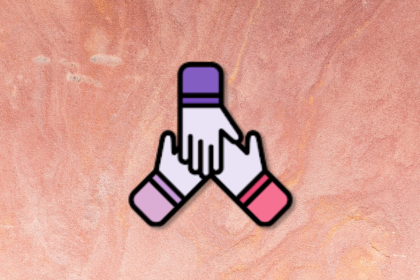Chrissie Lamond is VP of Product at Mansueto Ventures, a digital first media company serving influential business leaders through two brands, Fast Company and Inc., each dedicated to powerful audiences focused on growth. She began her career as a creative, working at Bancroft Neurohealth as a graphic designer and Special Ops Media as a senior producer. From there, Chrissie joined Gawker Media as a creative services manager before transitioning to The Luv. Prior to her role at Mansueto Ventures, she also served in various leadership roles at Submarine Media, Serious Eats, and Fast Company.

In our conversation, Chrissie talks about how she builds product experiences across audience segments and her team’s goal to personalize the content they provide to users. She also discusses how she measures success and delivers on audience needs, not product needs.
First and foremost, the product methodology is relatively new to the publishing industry. It’s more standard for the technology industries. Particularly in our company, we only adapted it a few years ago — just before the pandemic. It’s been really exciting because it’s enabled us to reframe the importance of publishing and the role of product within it.
Publishing is no longer limited to print-first methodologies. Now, it’s more about how we can connect with consumers across the full range of platforms that they engage with. How do we not only get them to consume the content where they want, but also comprehend it? That comprehension piece is what we’re constantly chasing.
And when we talk about optimism and innovation, this place is ripe for it. Things are always going to be challenging, but as long as we hold that vision of making sure that we’re relating to users and that we are driving a connection between editorial and creative teams to users, we can’t fail. We can experiment and find places to improve, but as long as we’re driving toward that, we’re always able to remain optimistic, even in areas of change.
Yes, it’s a very fun yin-yang. Particularly for our publication, because we cover so many emerging technologies and innovations, there are times when I look at the editorial content and say, “OK, how do I need to rethink this for our company?” Then, vice versa, when we’re coming to our editorial or social teams, we say, “There are these new trends that are out there. Let’s try to play with them.” We try this out even in small, private cohorts of premium users to understand if this is useful or just noise.
Absolutely. They’re probably more traditional than you think. We use OKRs, and the goal is not to 100 percent add more of this particular demographic, but to be attractive to them or provide increased engagement overall. Then, we can get first-party data to understand if our offering is attractive to that cohort. It’s all about making sure that the OKRs are aspirational yet achievable for a product owner.
From there, we go into collaboration with other partners to understand its success. We loop in our video, editing, and events people to iron out what success looks like for this particular OKR. It takes every single one of those elements to come together and support each other for it to work. We’ve seen the hardest lessons learned when one of those important elements was not in sync with the others.
As a middle child in my family, I think I picked up that learning inherently. A middle child makes a perfect collaborator, and my approach 100 percent starts with assumptions. I sit down, understand my stakeholders, and think through the assumptions of my conversations with them. I present these assumptions to them in a nice way and listen to their pain points. They tell me about their goals for the product or for a specific time frame, and then I have a good pathway for collaboration. If I walk in there without trying to understand what each department’s goals are, we’re not going to get anywhere.
I like to frame up how each of these pieces and milestones are important to each department’s goals. Then, there’s a lot of negotiations on the product side to say, “This piece and this deliverable actually support these other three initiatives. We have to get these done before we can move on to anything else.” Being transparent about that is very important.
For about four years now, I’ve been running a weekly all-hands for our company. We do it in about 20 minutes or less, and it goes through everything we’re working on right now. We talk about top-line items and the goals that they’re associated with, as well as the stakeholders that we’re working with.
This was born completely out of people not understanding why we were doing certain things, and us having to repeat ourselves. This weekly all-hands was central to flip that script and say, “OK, here are the things that I’m doing to make you more successful. Let me do a 20-minute presentation weekly on how that is working across departments.”
We think about our audience in a multi-layered, complex way that seeks to understand who they are. That sounds very formulaic, but in my mind, I want to know how they came to us. Was it through a social post, was it word of mouth, or was it something else? That says a million things about a user. If someone comes to us through social media, they’re probably a short-form consumer, so we’re going to give them products that are more short-form for their tastes. If I know the content that they’re working with, I can make assumptions.
The segments can go on and on. The more personalized and the more bespoke we can make it for a user is where we want to be. That’s really what the driver is. It’s not really the traditional segment, like age range or household income. We don’t operate solely on demographics; it is 100 percent psychographic. Users have habits, interests, and histories that we can personalize our products to, and that’s where we aim to be.
Yes. Our goal is to no longer be product-centric, but to be audience-centric. What part of the funnel stage is this user? We work on audience development, which is about understanding how we get our users here. How are we keeping them on the site? And then, we look at audience nurture, which is how we get them into other opportunities for more content or conversation.
What I’ve inherently seen thus far is that the audience comes first, and the product follows. We might have a different product experience or product suite based on the early-stage funnel versus the late-stage funnel. However, each of our team members is thinking about a user as their counterpart might need it. If someone comes in under, games, for example, and I’m a nurture person, I want to make sure that I’m capturing them for a premium subscription or for an event. The goal is to open up the product to be flexible across all the entire lifecycle.
I haven’t seen this happen yet, but it’s certainly something that I would love to see. Right now, we’re focusing on strengthening our data across all of our products so we can see and capture that unexpected behavior.
On a similar note, I worked for Gawker back in my early days. They were a blog focused on the media industry, and I worked in the ad sales department. We saw that sometimes, certain articles would get continuous traffic. It was a real-time site, so old articles continuing to perform well was confusing.
We found that particular users had used articles to become their blogs. They were using the article to send out daily updates from their lives and as content that they wanted people to consume. People started following them in that article thread as though it were a blog. It was amazing. In that instance, we made a concerted effort to say, “OK, clearly there’s traffic here and our advertisers find that it’s useful. Let’s go ahead and make a new version of a commenter that can be like a super commenter. That way, they can have their own standalone site.”
We started out by asking how we could take that user experience, understand it through the lens of our business, and transform our product to give more leverage and more gateway for that particular user? When I do see that, I get very excited. I love doing the user surveys to understand why this particular use case and not something else.
The big picture reframing against the audience. I am extremely fortunate to work with a very talented group of product owners that when faced with growth through an ever-changing landscape pivoted quickly to an audience-centric framework. This has enabled the whole product team to deliver on audience needs, not product needs. Specifically the team is now structured into four key areas: audience development, audience engagement, audience conversion and audience infrastructure. The audience development team works on funneling traffic to the site, which includes a lot of experimentation. Then, audience engagement is 100 percent about how we score in satisfaction in their session. How many sessions are they coming to per month? How long are they staying? We want to ensure we’re providing value once they get to our site.
Audience conversion is about converting them into a known user in some aspect. For example, they can provide their email and become a newsletter subscriber. Can we understand them further and support them with whitepapers or events we’re promoting? We really want to make sure that now, they’re part of our known audience and we can nurture them a little bit more.
Lastly is audience infrastructure. We’re always changing, and our goal is to strengthen our data. We want to merge data in disparate systems and unify it so we can be stronger and more knowledgeable in the coming years.
There’s a push-and-pull of information distribution and static chaos in every way a user could possibly consume our content. There is often a need to take a quiet moment and ask, “What is this telling me, and do I need to know this?” Inherently, as humans, we want a human experience. We want to know what’s going on beyond our four walls and to hear opinions from other people who have authority. We are in this moment now where there’s so much chaos and noise. In our organization, we have the unique opportunity and challenge to figure out how we can rise above that and get through to people in a way that meets them.

LogRocket identifies friction points in the user experience so you can make informed decisions about product and design changes that must happen to hit your goals.
With LogRocket, you can understand the scope of the issues affecting your product and prioritize the changes that need to be made. LogRocket simplifies workflows by allowing Engineering, Product, UX, and Design teams to work from the same data as you, eliminating any confusion about what needs to be done.
Get your teams on the same page — try LogRocket today.

Most teams fail at autonomy. Learn how clear rules help product teams move faster without micromanagement.

A practical framework for PMs to use AI in ideation without sacrificing judgment, strategy, or decision quality.

A practical five minute revenue estimation method to help product managers compare ideas, drop low impact features, and prioritize smarter.

A practical guide for PMs who want to stop being bottlenecks, delegate smarter, and lead teams effectively with a clear ownership framework.